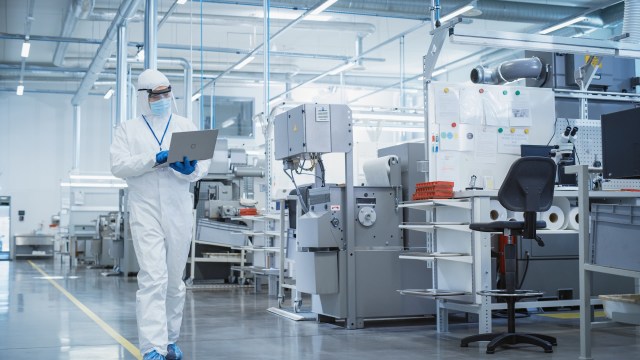Researchers Uncover Breakthrough for EV Batteries: Keeping Valuable Metals in America

New Insights into Recycling Lithium-Ion Batteries
A team of researchers at the National Renewable Energy Laboratory (NREL) has made a significant breakthrough in understanding the recycling of lithium-ion batteries. Their study focused on the internal structure of used battery cells, revealing new methods that could extend the life of electric vehicle (EV) batteries and reduce environmental waste.
Using a high-resolution X-ray nano-computed tomography system, the researchers were able to examine the interior of old lithium-ion battery cells in detail. This advanced imaging technology, located at NREL's Golden, Colorado, campus, allowed them to observe how battery cells degrade over time without dismantling them. By tracking these changes, they identified key factors that contribute to performance loss in aging batteries.
One major finding was that repeated charging and discharging cycles can cause microcracks in the nickel-rich particles within the batteries. These cracks hinder the movement of lithium ions, ultimately reducing the battery’s energy capacity. According to one of the scientists involved, Donal Finegan, this discovery highlights specific types of degradation that occur in end-of-life battery materials. Understanding these patterns helps the team determine the most effective ways to repair or refurbish batteries.
A More Sustainable Approach to Battery Recycling
Traditional methods of recycling lithium-ion batteries often involve dissolving the electrodes into basic chemicals. This process is both costly and energy-intensive. The NREL team, however, is exploring an alternative approach that involves gentle mechanical treatments. This method aims to repair damaged particles or replace only the affected parts of the battery, rather than breaking down the entire unit.
The benefits of this strategy are substantial. It reduces processing times and preserves a larger portion of the valuable metals found in batteries. Additionally, it could help keep more of these critical resources within the United States, reducing reliance on international markets where countries like China currently handle the majority of lithium, nickel, and cobalt refining.
Implications for the Future of Electric Vehicles
Research into improving and extending the lifespan of EV batteries is gaining momentum. This work supports the global transition toward clean energy by making electric vehicles more viable and sustainable. As more people switch from gas-powered cars to EVs, the environmental benefits become increasingly clear. Cleaner air, reduced toxic emissions, and lower greenhouse gas contributions all play a role in creating a more sustainable future.
Looking ahead, the NREL researchers plan to expand their recycling strategies to other materials that enter the waste stream. They envision a future where new batteries are designed with a second life in mind, built into their initial construction. This forward-thinking approach could lead to longer-lasting, more sustainable power solutions for a wide range of clean energy applications.
The Broader Impact of Battery Innovation
Advancements in EV battery technology are driving the widespread adoption of electric vehicles. These innovations not only improve the efficiency and reliability of EVs but also contribute to a cleaner environment. As more people choose electric vehicles over traditional gasoline-powered ones, the positive effects on air quality and climate change become more pronounced.
The potential for recycling and reusing battery components is a crucial step in reducing the environmental impact of the growing EV market. By focusing on sustainable practices, researchers are paving the way for a future where energy storage systems are both efficient and environmentally friendly.
As the demand for clean energy solutions continues to rise, the importance of battery innovation cannot be overstated. The work being done at NREL and other research institutions is helping to shape a more sustainable world, one battery at a time.